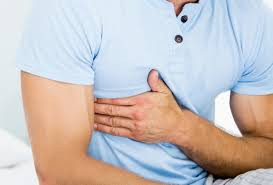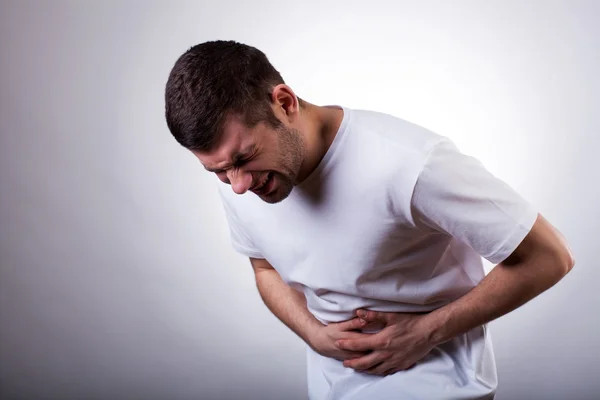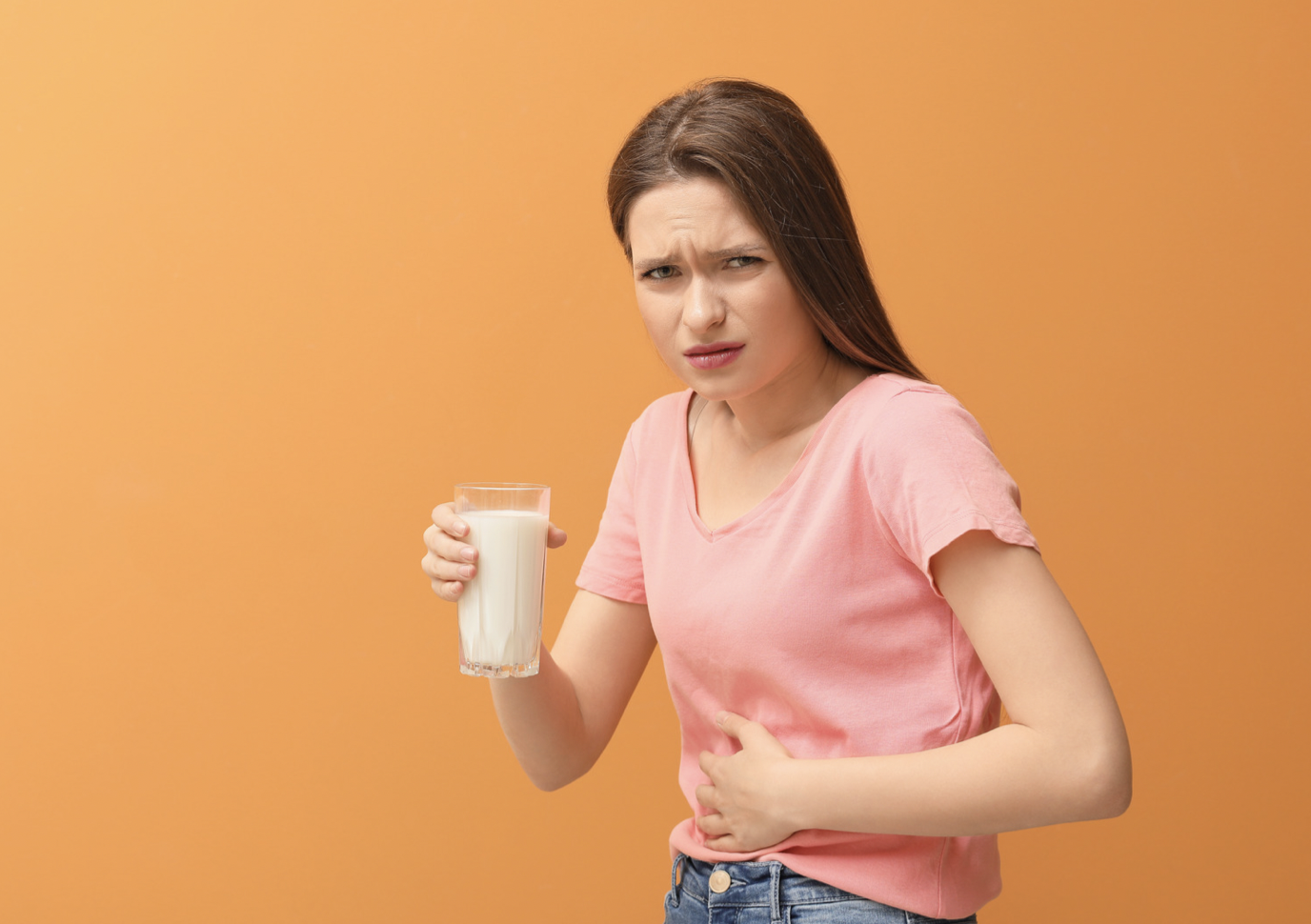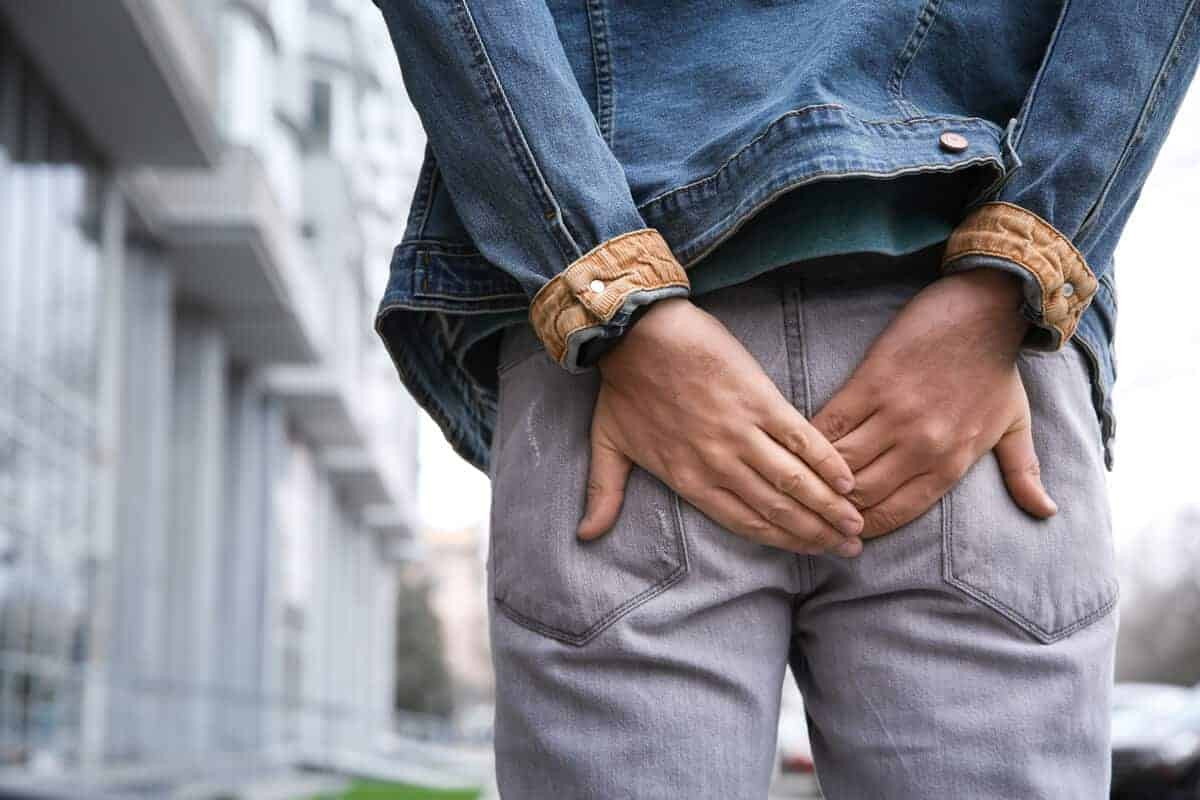Definisi
Hidrops kandung empedu adalah kondisi ketika kantung empedu mengembang besar akibat terisi oleh cairan bening atau mirip lendir, dan mengganti empedu yang berwarna hijau atau coklat. Kondisi ini menyusun 3% kasus penyakit pada kantung empedu. Kondisi ini biasanya tidak disertai dengan peradangan, namun dapat muncul akibat peradangan pada kantung empedu. Penyakit ini sering ditemukan secara tidak sengaja saat berlangsungnya prosedur operasi di area perut.
Penyebab
Penyebab hidrops kandung empedu bermacam-macam, namun salah satunya adalah kolesistitis (peradangan kantung empedu). Empedu dihasilkan oleh hati, mengalir lewat saluran empedu, dan disimpan di dalam kantung empedu. Jika Anda mengonsumsi makanan-makanan seperti makanan pedas dan berminyak, kantung empedu akan terstimulasi untuk mengosongkan diri agar empedu dialirkan ke usus halus. Apabila kantung empedu mengalami masalah, pengosongan kantung empedu menjadi tidak efektif sehingga terbentuklah batu empedu. Batu empedu dapat menyebabkan penyumbatan saluran empedu. Penyumbatan ini membuat empedu berkumpul di dalam kantungnya. Akibatnya, garam-garam yang terdapat pada getah empedu akan diserap oleh jaringan pada kantung empedu sehingga cairan di dalamnya menjadi bening dan agak cair, mirip lendir. Oleh karena itu, penyebab hidrops kandung empedu umumnya merupakan penyebab sumbatan pada saluran empedu, seperti tumor, penyempitan bawaan, parasit, serta penekanan dari hati atau tumor jaringan lainnya.
Faktor Risiko
Faktor risiko hidrops kandung empedu mirip dengan faktor risiko kolesistitis, misalnya seperti penurunan berat badan drastis dalam waktu yang cepat, pemberian nutrisi lewat infus yang terlalu lama, pembedahan lambung yang melukai saraf vagus (yang berperan dalam mengatur gerakan saluran cerna), penyakit kritis, diabetes, kadar lemak yang terlalu tinggi dalam darah, serta kadar kalsium yang terlalu tinggi dalam darah. Kondisi ini lebih sering terjadi pada wanita, orang dengan berat badan berlebih, wanita hamil, dan orang berusia di atas 40 tahun. Wanita usia subur memiliki kerentanan lebih tinggi terhadap kondisi ini karena hormon estrogen yang tinggi menyebabkan kadar kolesterol pada getah empedu tinggi serta menurunkan kemampuan kantung empedu untuk berkontraksi. Adanya penyakit yang menyebabkan sel darah merah hancur dengan cepat, seperti penyakit sel sabit yang menyerang sel darah merah, juga menjadi faktor risiko kondisi ini. Angka kejadian hidrops kandung empedu meningkat seiring usia.
Gejala
Gejala hidrops kandung empedu yang umum dikeluhkan adalah nyeri pada perut bagian kanan atas, mual, dan muntah. Nyeri ini dapat dirasakan hingga pusar karena kantung empedu membesar. Apabila nyeri menetap selama lebih dari 6 jam, ada kemungkinan penyakit ini disertai dengan kolesistitis akut. Demam dan menggigil juga dapat menjadi penanda infeksi. Biasanya, keluhan nyeri didahului dengan riwayat makan makanan pedas atau berminyak sehari sebelum nyeri terasa.
Diagnosis
Hidrops kandung empedu dapat didiagnosis melalui beberapa pemeriksaan. Pemeriksaan secara langsung dapat dilakukan untuk mencari penjalaran nyeri dari perut bagian kanan atas. Selain itu, pemeriksaan suhu, tekanan darah, denyut nadi, dan laju napas akan dilakukan untuk mengetahui adanya demam dan komplikasi dari kolesistitis seperti pecahnya kantung empedu.
Selain itu, pemeriksaan laboratorium dapat dilakukan untuk mencari adanya kolesistitis, seperti pemeriksaan darah lengkap untuk mencari kenaikan jumlah sel darah putih, bilirubin, enzim hati, serta enzim pankreas seperti amilase.
Pemeriksaan pencitraan adalah pemeriksaan utama yang dapat dipakai untuk mencari adanya hidrops kandung empedu. Pemeriksaan ini dapat berupa ultrasonografi (USG) untuk mencari adanya batu empedu yang menyumbat saluran empedu, serta mencari pembesaran kantung empedu. Dari pembesaran tersebut, dapat diketahui apabila isi kantung empedu merupakan cairan bening atau keruh seperti nanah.
Pemeriksaan foto rontgen pada perut dapat dilakukan hanya untuk menyingkirkan diagnosis lainnya yang memungkinkan, namun tidak spesifik. Pemeriksaan computed tomography scan (CT scan) dapat dilakukan apabila hasil USG tidak dapat memberikan kesimpulan yang baik. Pada CT scan, kantung empedu dapat terlihat dengan jelas: mulai dari dindingnya hingga isinya. Namun, sumbatan akibat batu sulit dilihat dengan CT scan. Pemeriksaan lainnya dapat berupa magnetic resonance imaging (MRI), yang dapat menunjukkan saluran empedu dengan sangat jelas, dan seringkali digunakan bersama dengan endoskopi (selang yang diberikan kamera pada ujungnya) untuk melihat saluran empedu secara keseluruhan.
Tatalaksana
Tata laksana utama hidrops kandung empedu adalah menyingkirkan sumbatan pada saluran empedu. Prosedur yang dapat dilakukan untuk menyingkirkan sumbatan adalah kolesistektomi laparoskopi. Prosedur ini bertujuan untuk mengambil kantung empedu dengan bantuan alat yang diberikan kamera pada ujungnya. Prosedur ini menyisakan luka operasi yang kecil dan umumnya mudah pulih. Namun, apabila ukuran kantung empedu terlalu besar untuk dikeluarkan dengan prosedur tersebut, kolesistektomi terbuka dapat dilakukan. Namun, prosedur ini menyisakan luka bekas yang cukup besar karena membuka seluruh perut untuk mengambil kantung empedu.
Apabila pasien tidak memenuhi syarat untuk operasi, prosedur lain yang dapat dilakukan adalah kolesistostomi perkutan. Prosedur ini dilakukan dengan memasukkan selang kecil di bawah kulit untuk mengeluarkan cairan dari kantung empedu. Pergerakan selang di dalam tubuh hingga sampai ke kantung empedu dipandu dengan bantuan USG.
Komplikasi
Komplikasi hidrops kantung empedu dapat berupa infeksi dari kantung empedu dan berlubangnya kantung empedu. Infeksi kantung empedu dapat menyebabkan cairan yang tadinya bening menjadi seperti nanah. Infeksi ini pada umumnya disebabkan oleh bakteri, dan beberapa jenis bakteri dapat menghasilkan gas yang menyebabkan adanya udara yang terjebak di dalam saluran empedu. Sementara itu, perlubangan kantung empedu dapat menyebabkan infeksi pada perut yang disebut sebagai peritonitis, yang dapat mengancam nyawa. Tidak hanya itu, perlubangan ini dapat memicu terbentuknya saluran baru antara kantung empedu dan usus di dekatnya, biasanya usus 12 jari. Hal ini dapat menyebabkan batu empedu “jatuh” ke usus halus dan menyebabkan sumbatan usus halus. Tidak hanya itu, ukuran hidrops kandung empedu yang cukup besar dapat menyebabkan penyempitan pada lambung dan usus halus sehingga makanan sulit berpindah dari lambung ke usus halus.
Pencegahan
Langkah-langkah pencegahan hidrops kandung empedu mirip dengan pencegahan kolesistitis, yaitu:
- Turunkan berat badan secara perlahan. Berat badan yang turun secara drastis dalam waktu cepat dapat meningkatkan risiko terbentuknya batu empedu. Jika Anda ingin menurunkan berat badan, target yang baik adalah 0,5-1 kg per minggu.
- Jaga berat badan ideal. Kelebihan berat badan hingga obesitas meningkatkan risiko terbentuknya batu empedu. Untuk menjaga berat badan ideal, Anda dapat mengontrol asupan makan Anda agar kalori dalam batas cukup serta meningkatkan aktivitas fisik. Aktivitas fisik dapat dilakukan selama 3-5 kali seminggu dengan intensitas sedang, dengan durasi minimal 30 menit per hari.
- Pilih asupan makanan yang sehat. Risiko batu empedu naik dengan konsumsi diet tinggi lemak dan rendah serat. Oleh karena itu, pencegahan batu empedu dapat dilakukan dengan konsumsi diet tinggi serat seperti pada buah-buahan, sayuran, dan biji-bijian.
Kapan harus ke dokter?
Segeralah ke dokter apabila Anda atau orang di sekitar Anda mengalami nyeri perut bagian kanan atas yang bertahan cukup lama. Kecurigaan terhadap kolesistitis dan hidrops kandung empedu meningkat apabila penderita adalah wanita berusia di atas 40 tahun atau wanita usia subur atau wanita hamil, orang dengan berat badan berlebih, atau orang yang baru saja menurunkan berat badan secara drastis. Kondisi ini dapat ditangani dengan cepat hingga pulih total, namun apabila dibiarkan terlalu lama, dapat membahayakan nyawa.
- dr Hanifa Rahma
Cholecystitis - Symptoms and causes. (2020). Accessed January 13, 2022, from https://www.mayoclinic.org/diseases-conditions/cholecystitis/symptoms-causes/syc-20364867
Jones, M., & Deppen, J. (2021). Gallbladder Mucocele. Accessed January 13, 2022, from https://www.ncbi.nlm.nih.gov/books/NBK513282/
Sharma, R., Stead, T., Aleksandrovskiy, I., Amatea, J., & Ganti, L. (2021). Gallbladder Hydrops. Cureus, 13(9), e18159. doi: 10.7759/cureus.18159
Vijayaraghavan, R. (2020). Gallbladder Mucocele: Practice Essentials, Background, Pathophysiology. Accessed January 13, 2022 , from https://emedicine.medscape.com/article/195165-overview#a1











